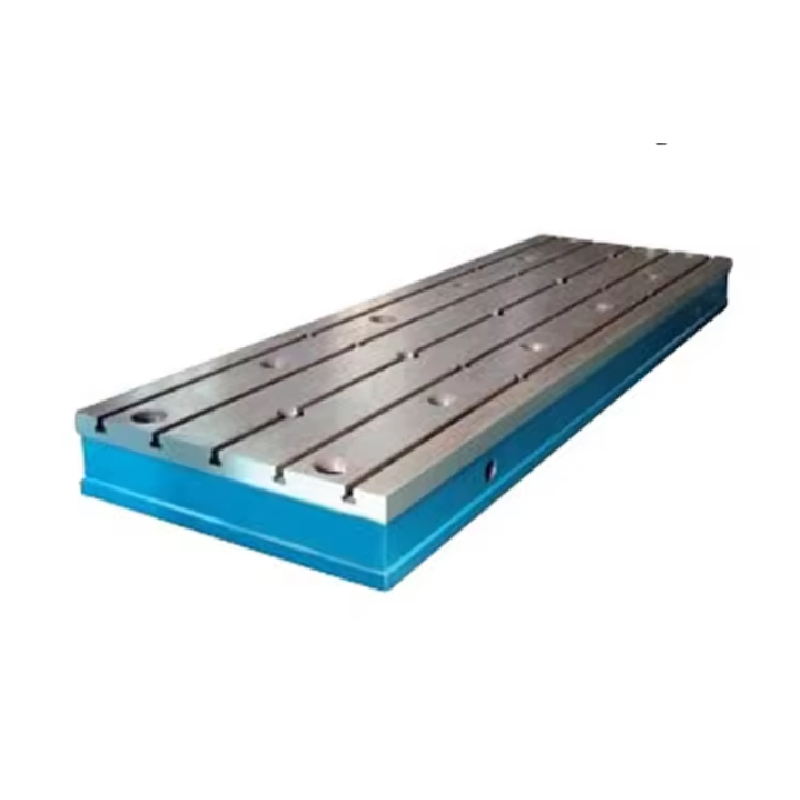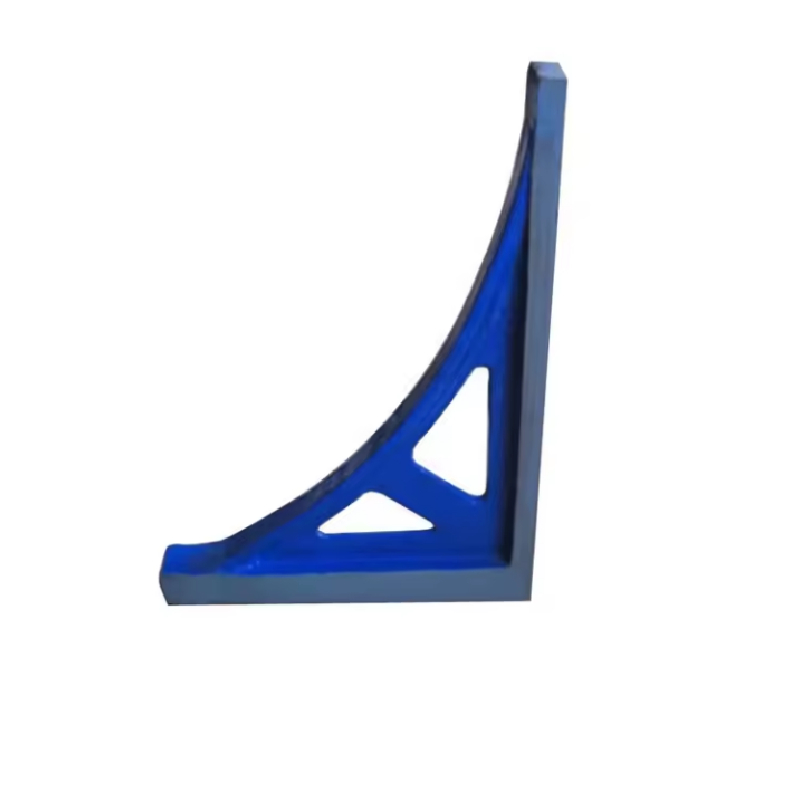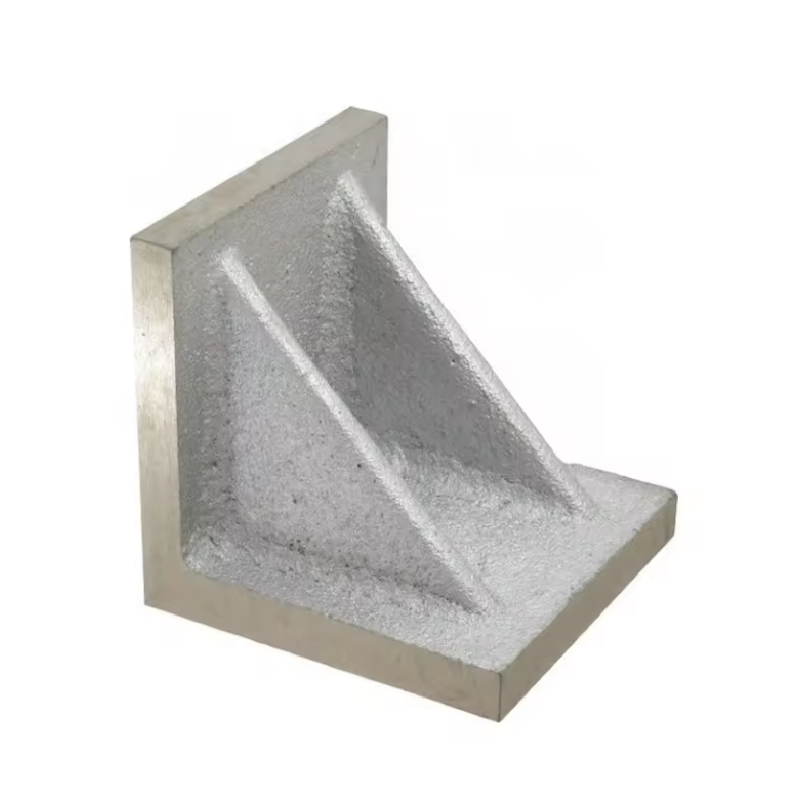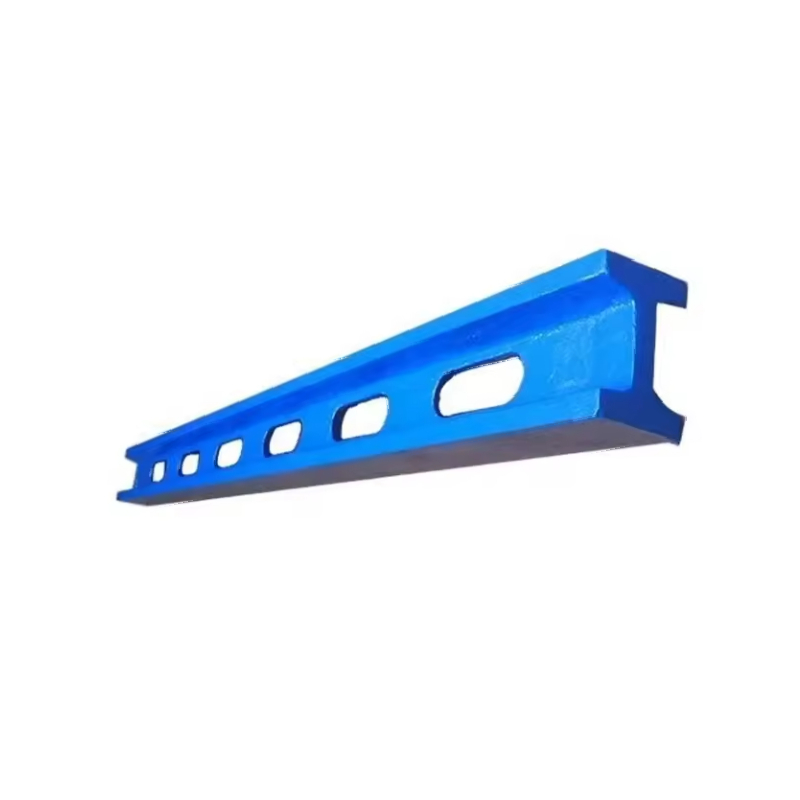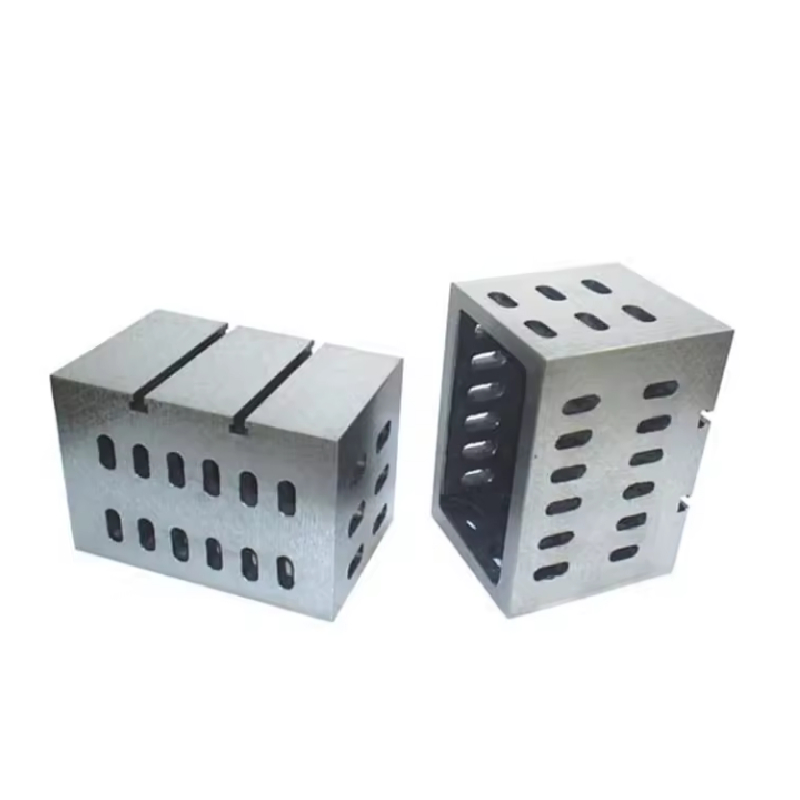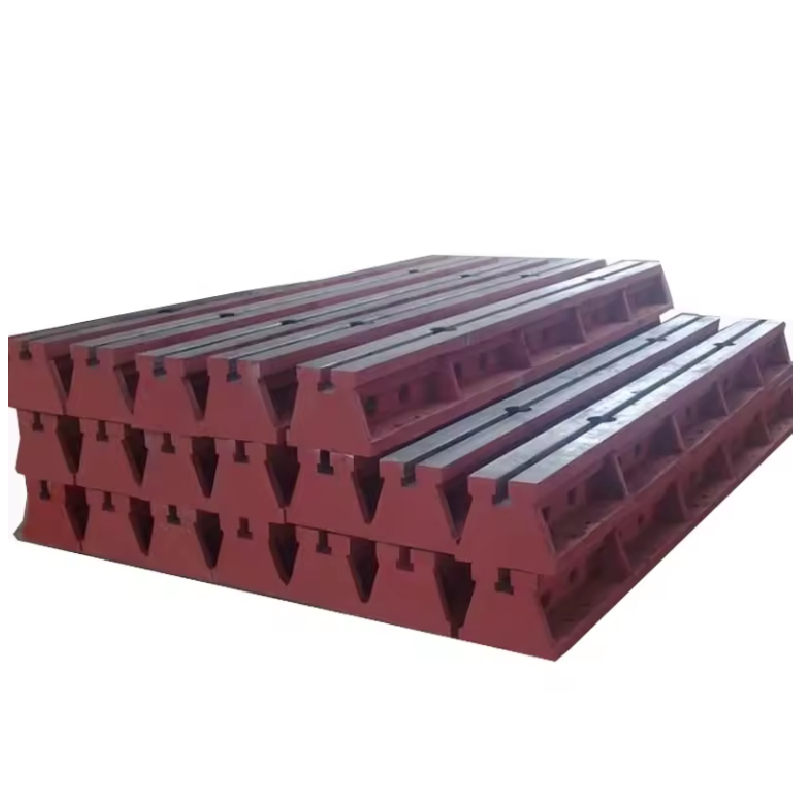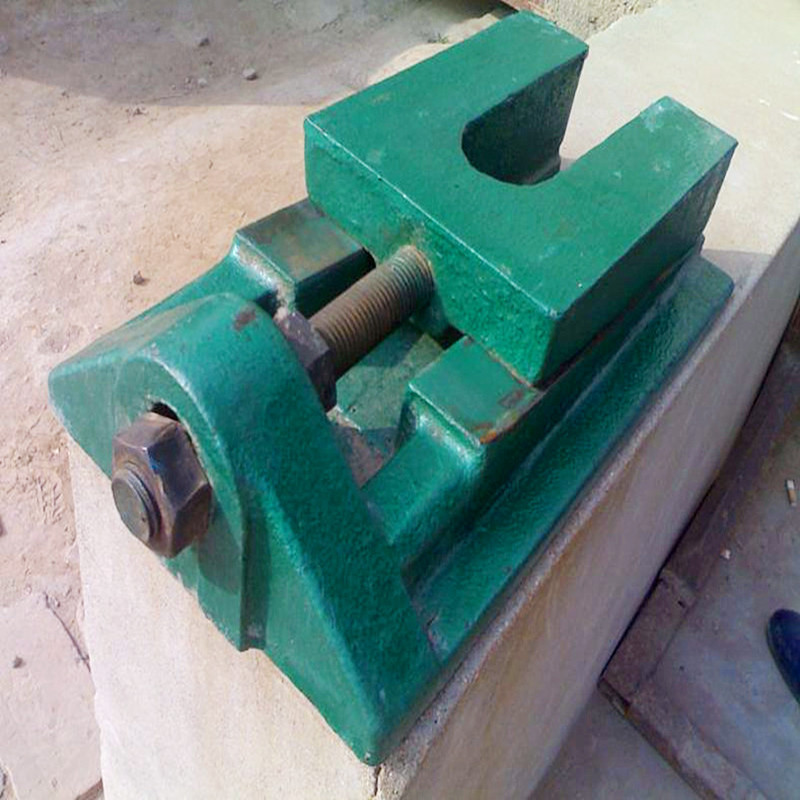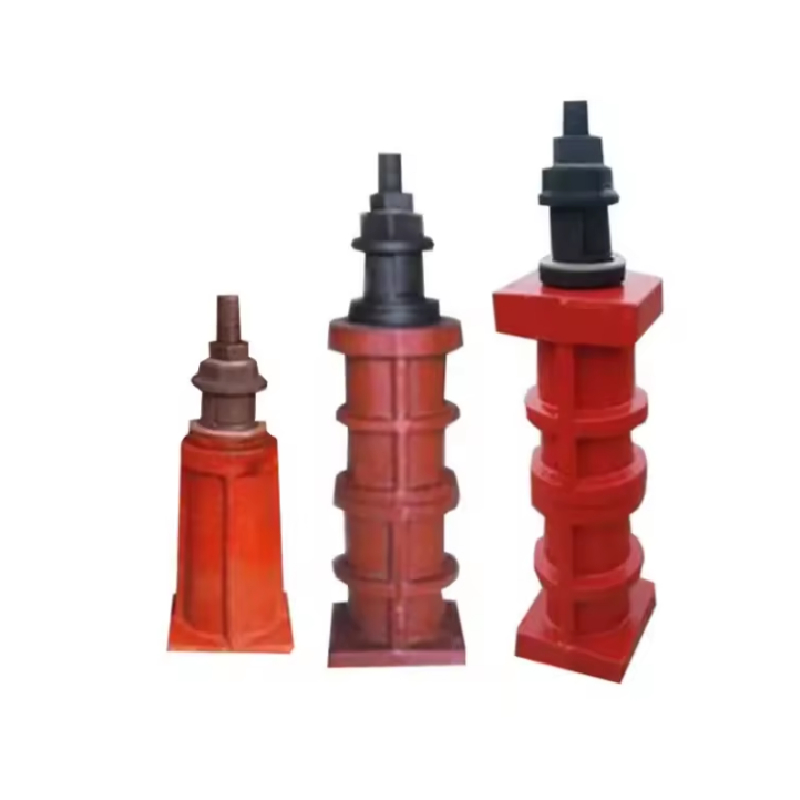Jul . 28, 2024 15:26 Back to list
Exploring the Pin Gauge Measurement Method for Enhanced Precision in Manufacturing Applications
Understanding the Pin Gauge Measurement Method
The pin gauge measurement method is a widely used technique in manufacturing and quality control processes, particularly in the fields of mechanical engineering and precision machining. It involves using pin gauges—small cylindrical rods made from high-quality materials with precisely defined diameters—to measure the size and tolerances of holes, slots, and other dimensional specifications in various components.
What is a Pin Gauge?
Pin gauges are typically manufactured to strict tolerances and come in a variety of diameters. The sizes are often organized in sets, allowing for easy identification and selection based on the requirements of the measurement task. These gauges can be made from various materials, including hardened steel, which provides durability and resistance to wear and tear. The ends of the pin gauges are usually ground to a fine finish to ensure accuracy when measuring.
How Does the Pin Gauge Measurement Method Work?
The pin gauge measurement method operates on a straightforward principle. The operator selects a pin gauge that closely matches the nominal dimension of the hole or slot being measured. The gauge is then inserted into the feature in question. There are mainly two conditions to assess during this process
1. Go Condition If the pin gauge fits into the hole without excessive force, it indicates that the hole is within the acceptable tolerance range. This is often referred to as the go limit. If the pin gauge does not fit, the hole is considered out of tolerance.
2. No-Go Condition Conversely, a no-go gauge is used to ensure that the hole does not exceed a certain upper limit of size. If the no-go gauge cannot fit into the hole, it confirms that the component remains within the maximum tolerance specification.
This dual-gauge approach allows for efficient and quick dimensional checks without the need for complex measuring instruments, making it an invaluable tool on the shop floor
.pin gauge measurement method
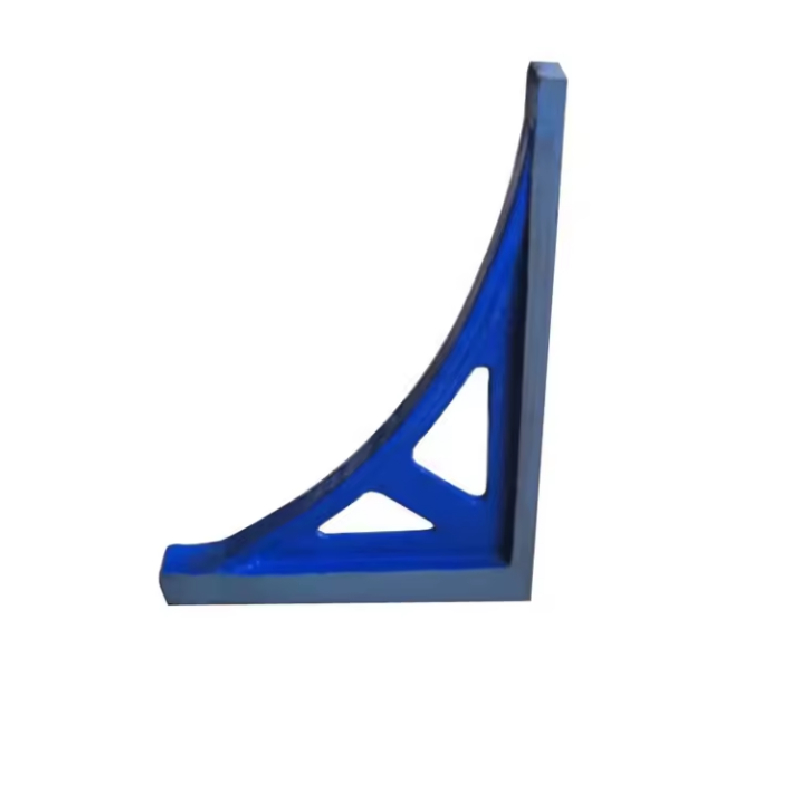
Advantages of the Pin Gauge Measurement Method
One of the primary advantages of using pin gauges is their simplicity. The basic design allows operators to quickly determine whether a part meets specified tolerances, significantly speeding up the inspection process. Moreover, pin gauges are highly repeatable and reliable, providing consistent results with minimal operator error.
Another benefit is their versatility. Pin gauges can measure not only the diameter of holes but also serve to check the fit between mating parts. This adaptability makes them essential tools in various applications, from automotive to aerospace industries.
Best Practices for Using Pin Gauges
To ensure accurate measurements, it is crucial to follow best practices when using pin gauges. This includes
- Regular Calibration Pin gauges should be periodically checked for wear and calibrated against standard references to maintain their accuracy. - Proper Handling Care should be taken to avoid dropping or damaging the gauges, as even minor imperfections can lead to incorrect measurements. - Cleanliness Keeping the gauges clean is essential to prevent contamination, which can affect the precision of measurements.
Conclusion
The pin gauge measurement method is an efficient, reliable, and cost-effective approach to quality control in manufacturing. It streamlines the measurement process for various applications, ensuring that components meet the required specifications. As industries continue to emphasize precision and efficiency, the relevance of pin gauges in ensuring high-quality production will only grow, making them an indispensable part of any quality assurance toolkit.
-
Water Valve Gate Design Prevents Leakage and CorrosionNewsJul.11,2025
-
Steel Fab Table Features Reinforced Construction for LongevityNewsJul.11,2025
-
Specialized Valve Designs for High Pressure SystemsNewsJul.11,2025
-
Machinist Gauge Pins Feature Ground and Lapped FinishesNewsJul.11,2025
-
Hose Check Valve Prevents Backflow in Irrigation LinesNewsJul.11,2025
-
Durable Micrometer Tools Withstand Heavy Workshop UseNewsJul.11,2025
Related PRODUCTS
